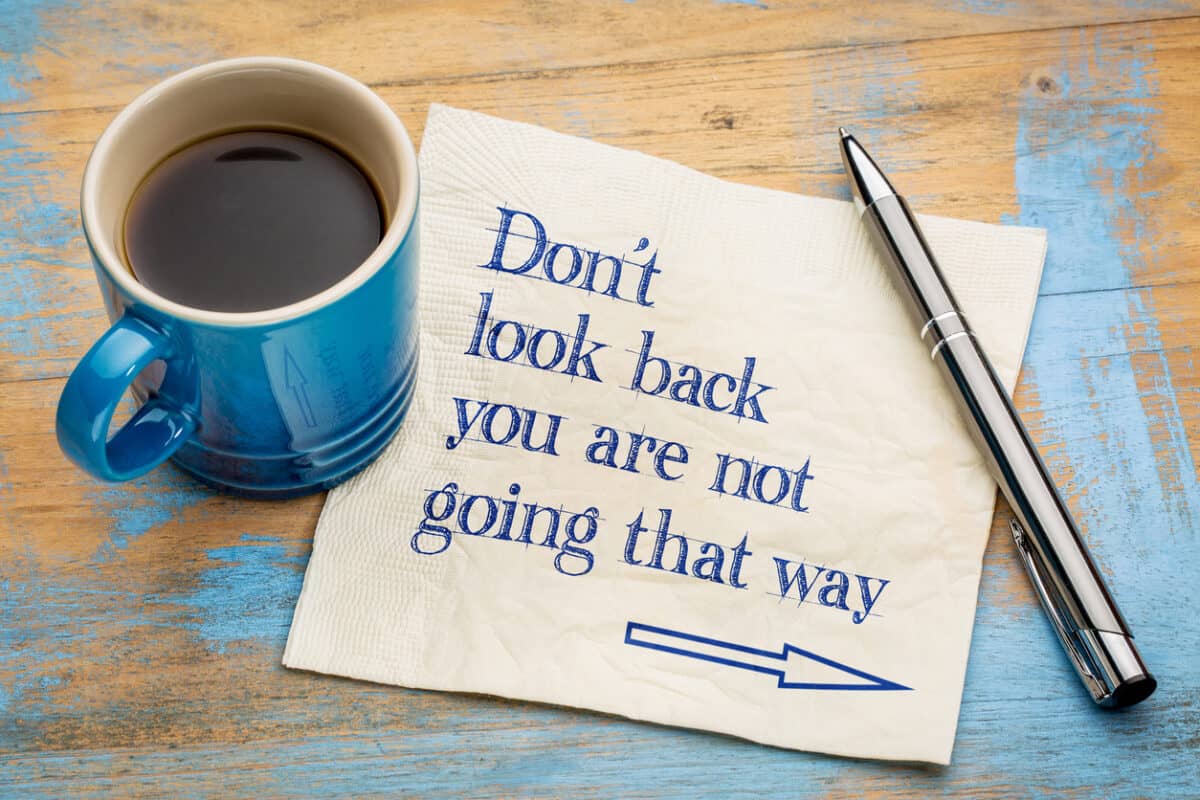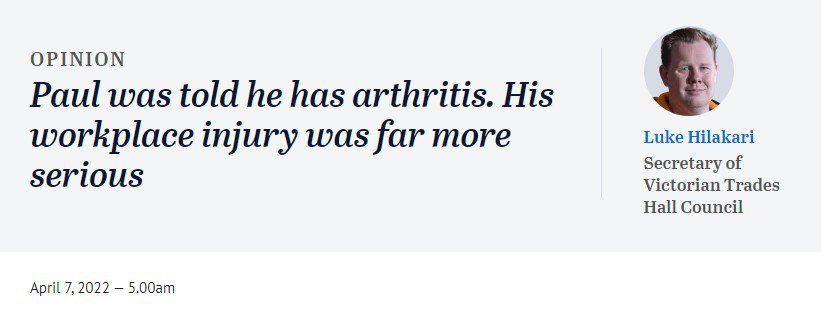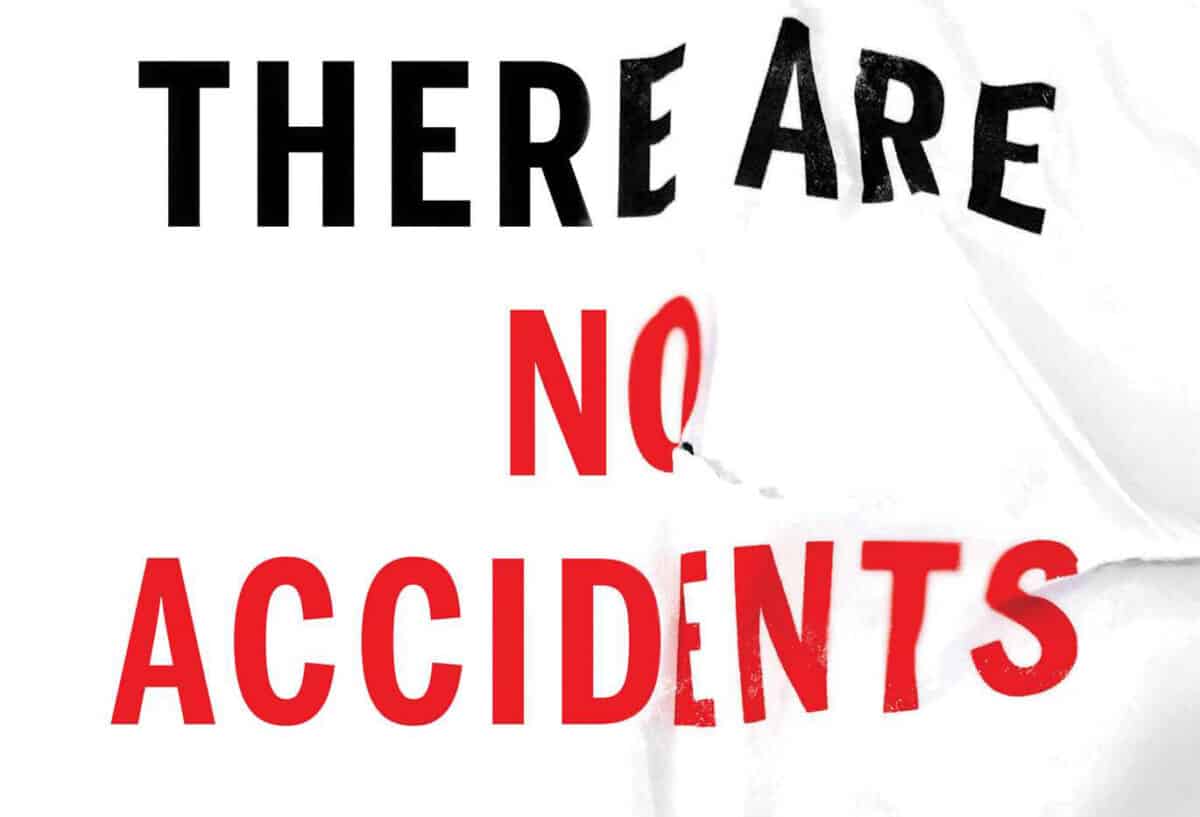Almost all the government agencies that regulate occupational health and safety (OHS) in Australia have been subjected to various independent inquiries. These inquiries have been a mix of political, financial and cultural. The review of SafeworkSA closes submissions at the end of this week. SafeWorkNSW is to have a six-month audit (paywalled) of its performance by the NSW Auditor-General, according to Adele Ferguson in the Sydney Morning Herald.
The Auditor-General is yet to release a media statement on the audit, but Ferguson identifies several serious concerns.






